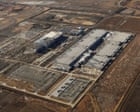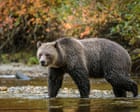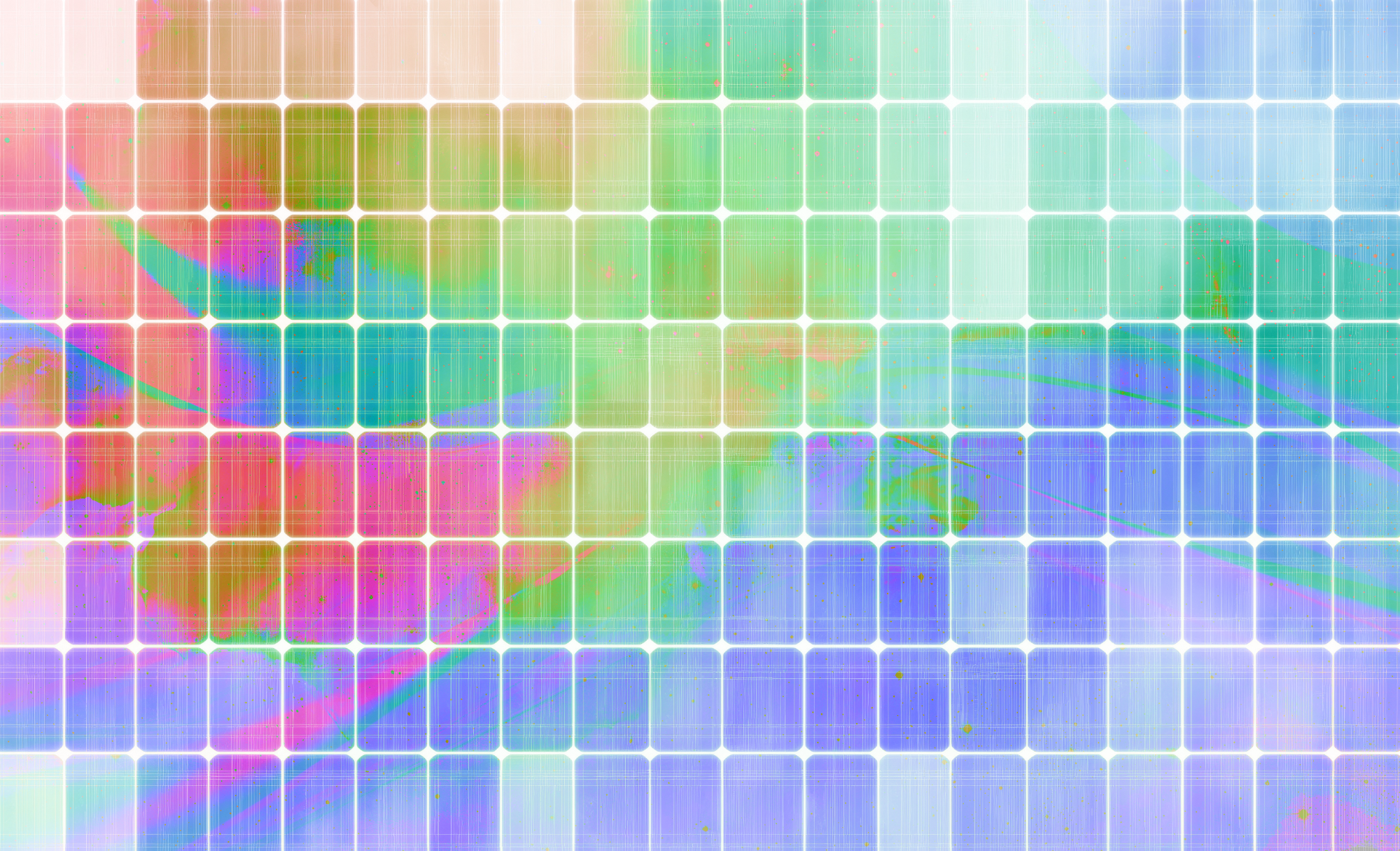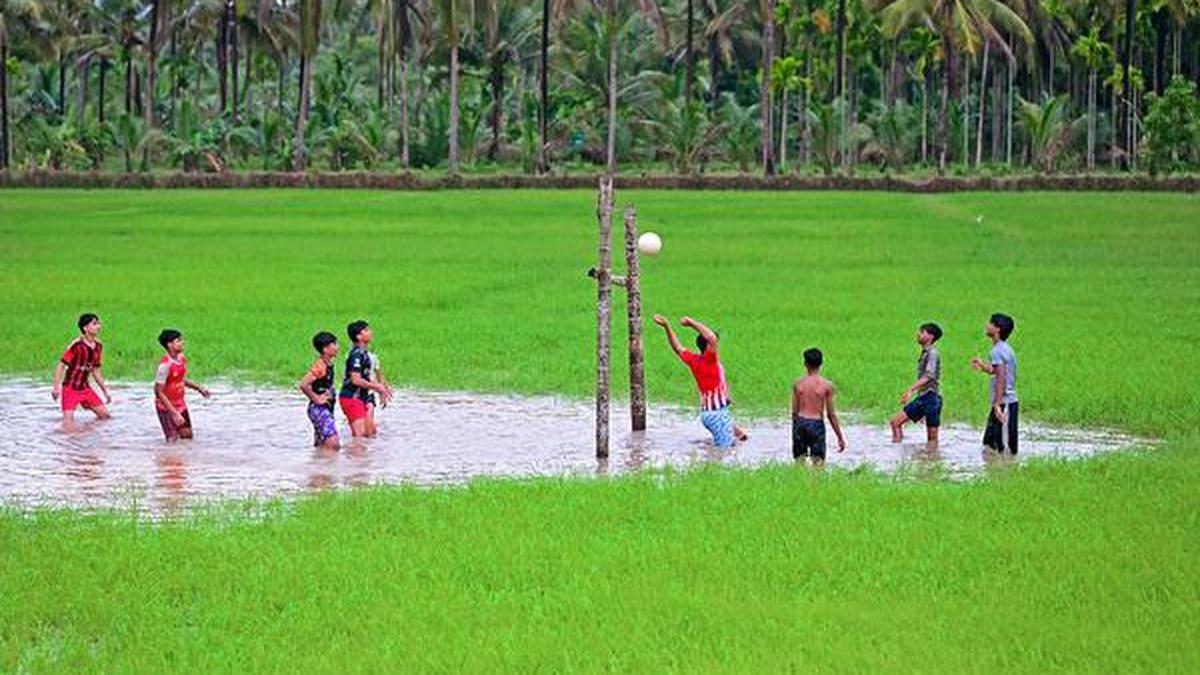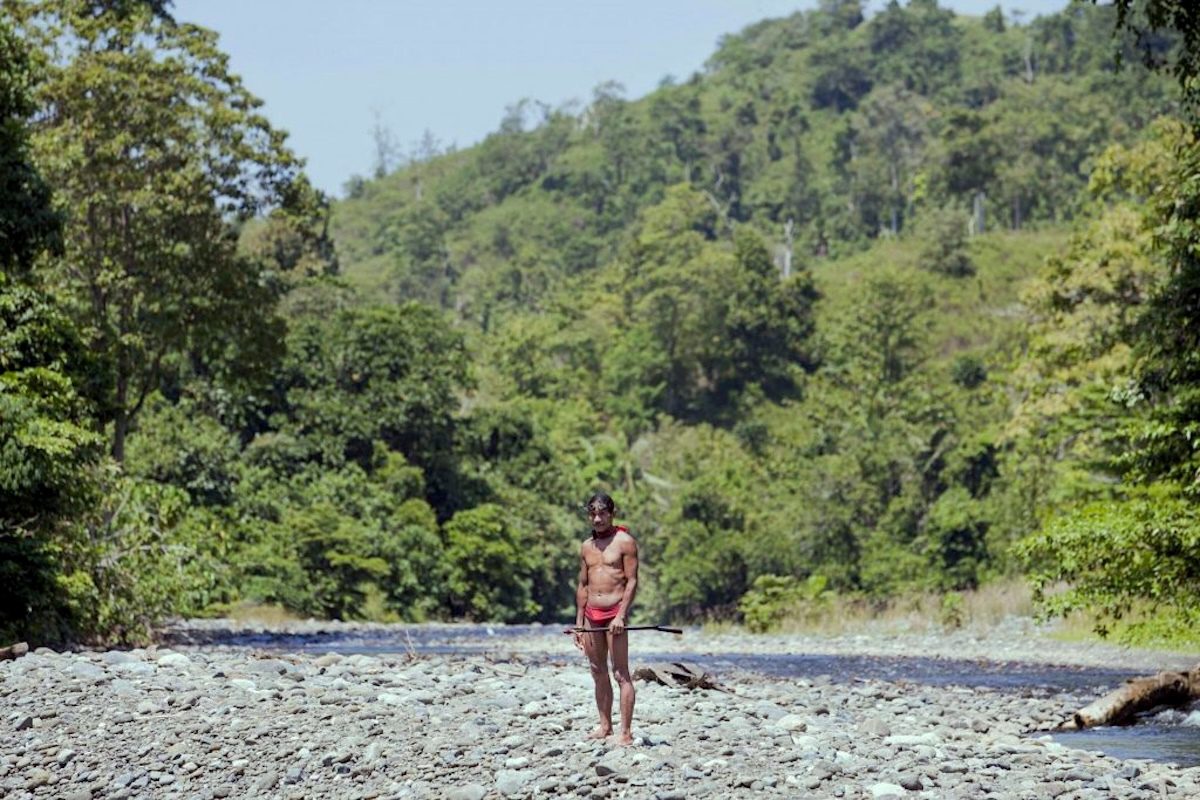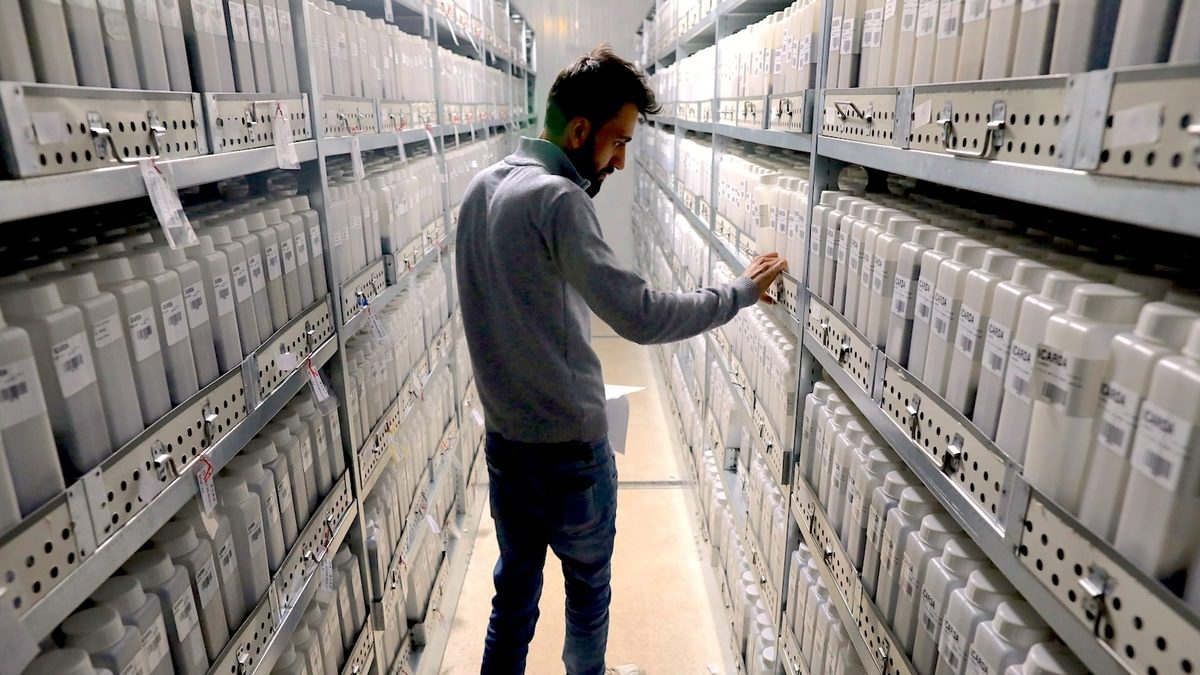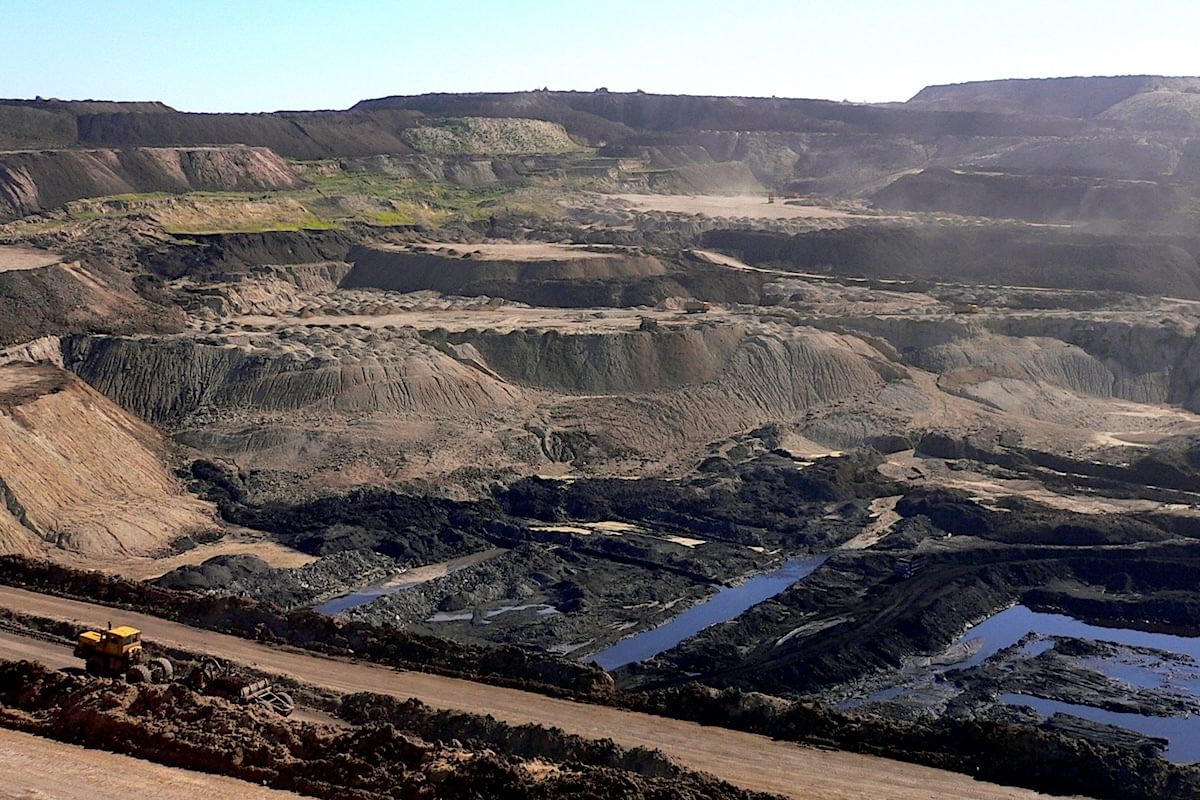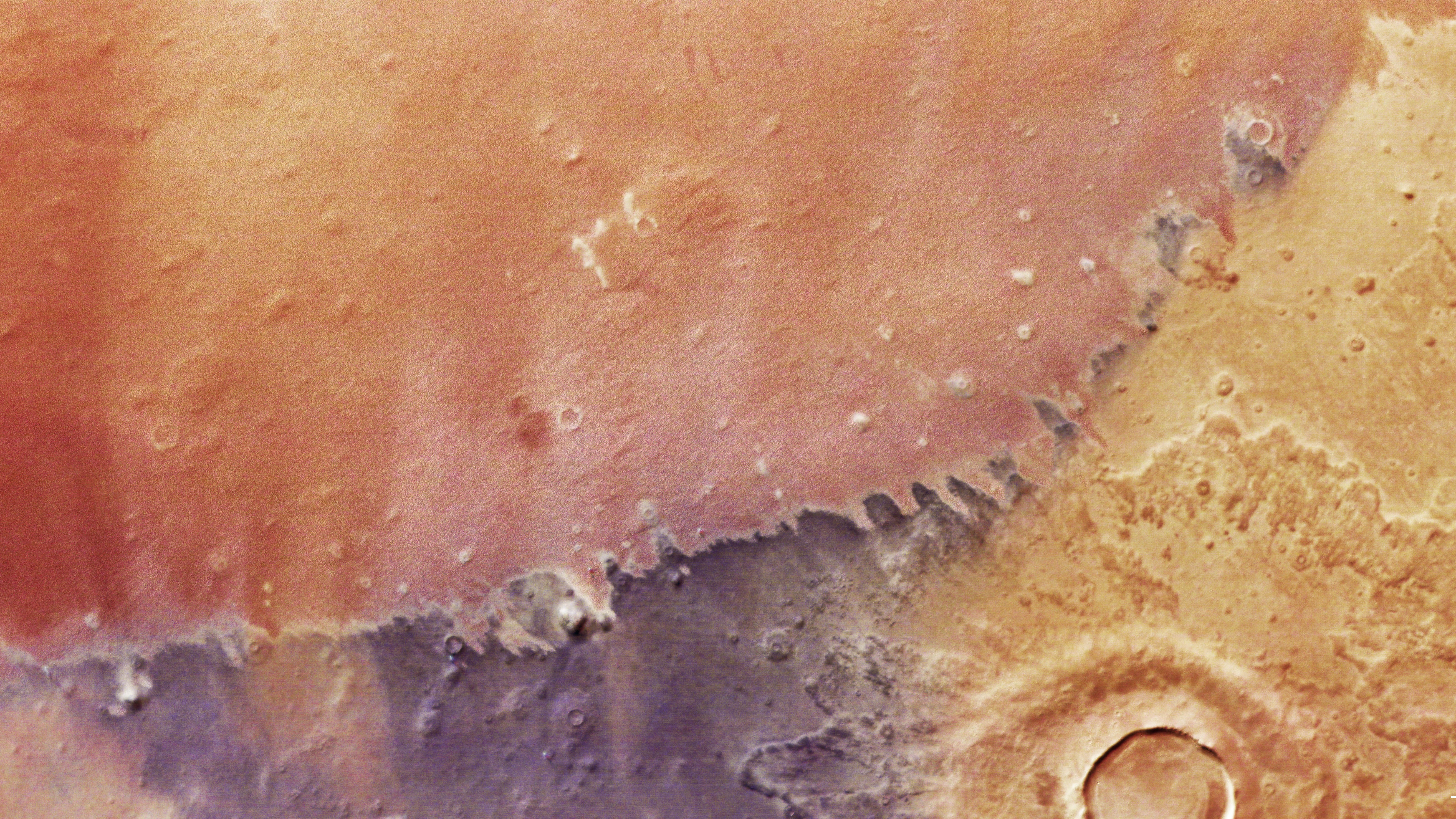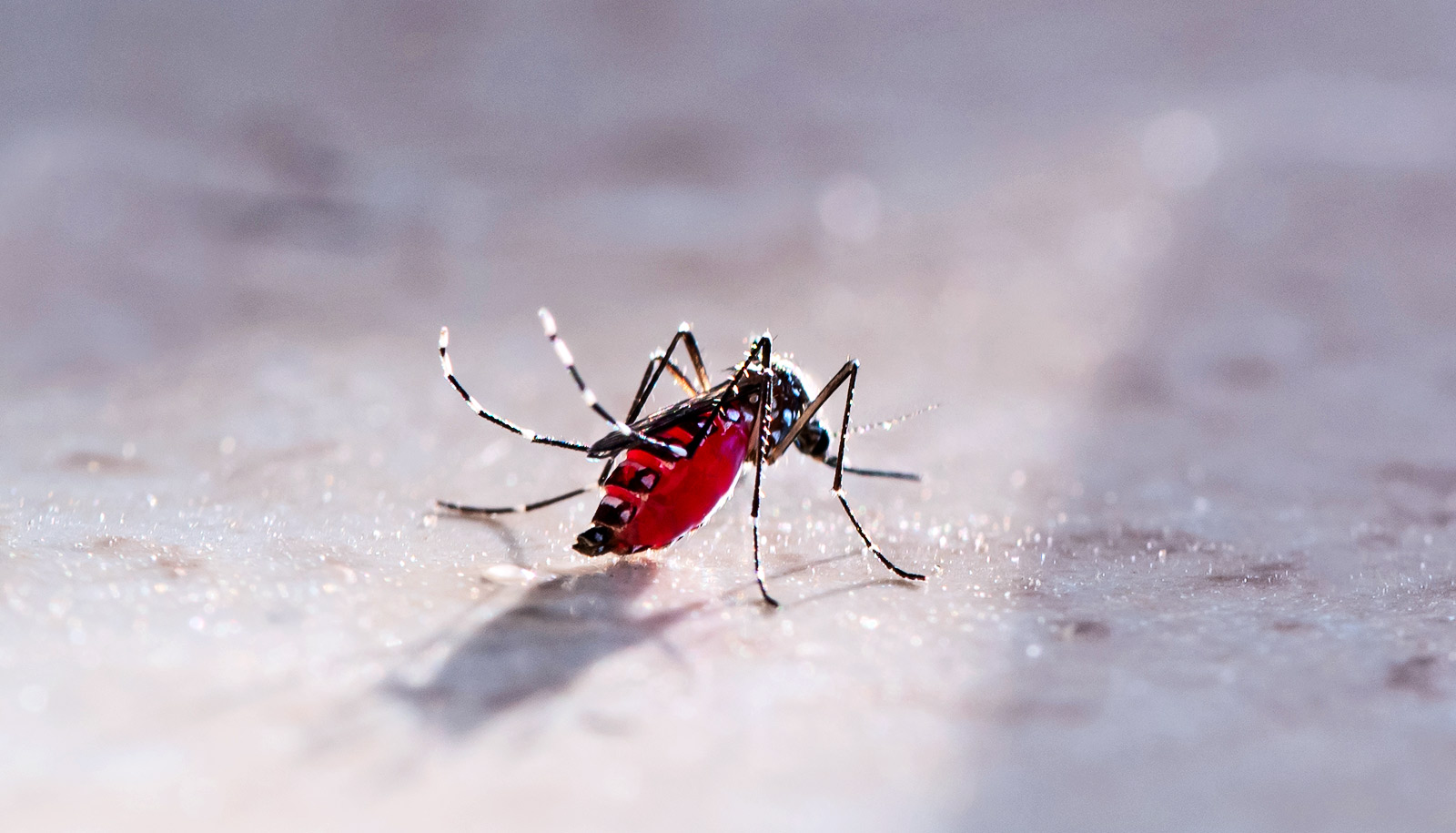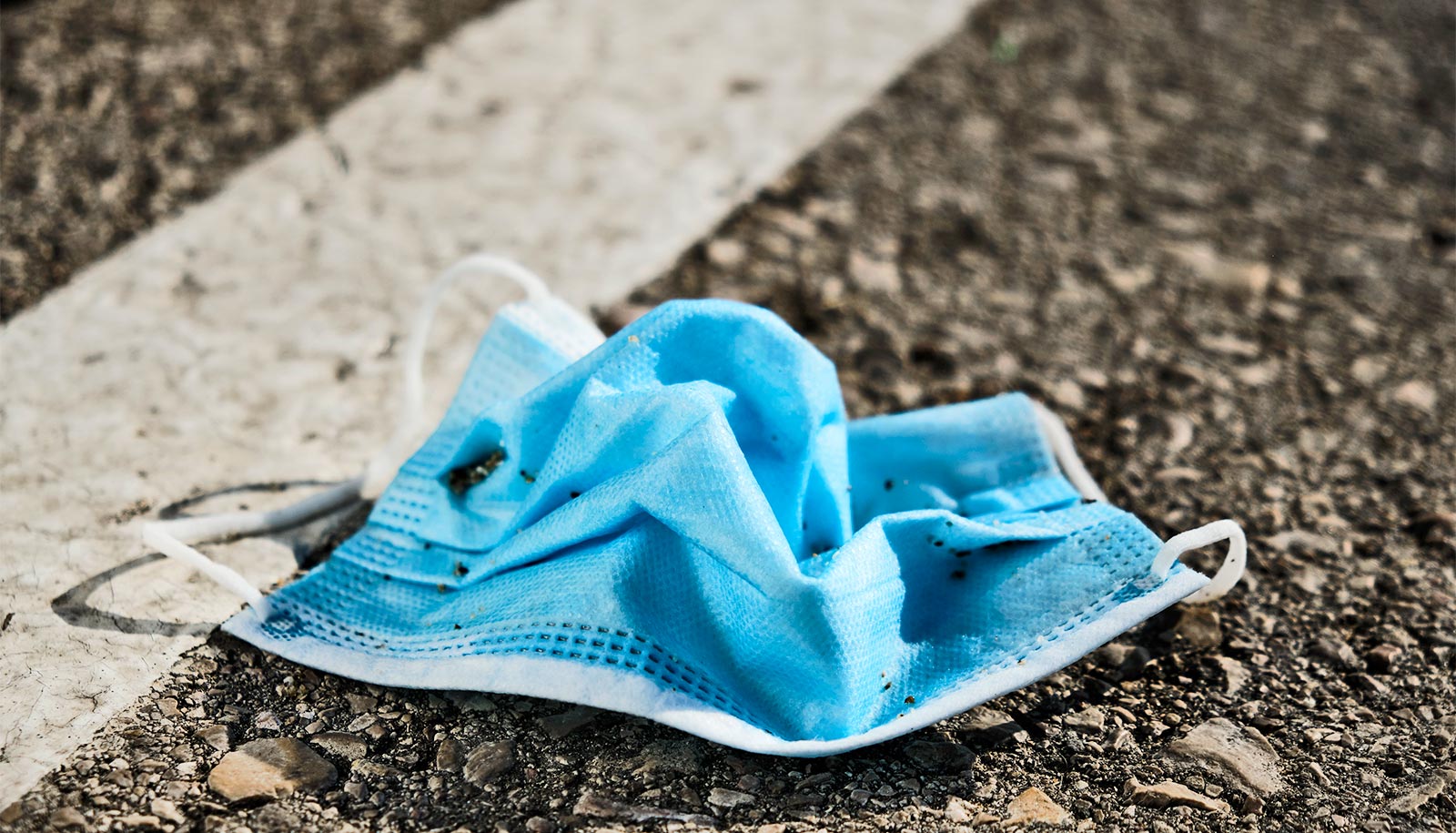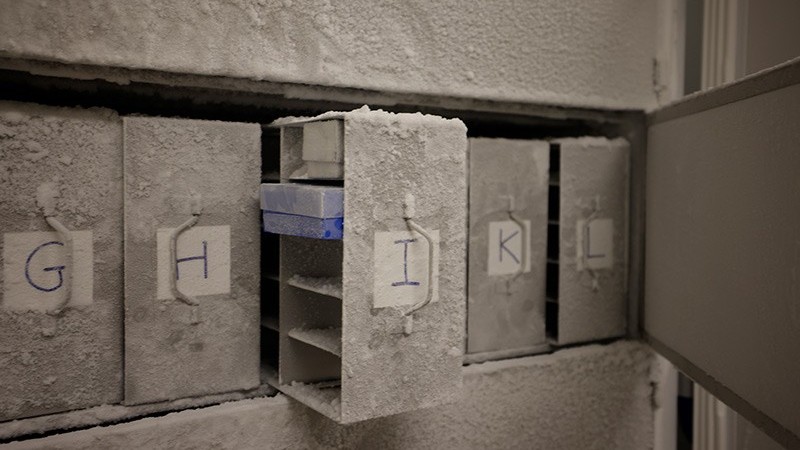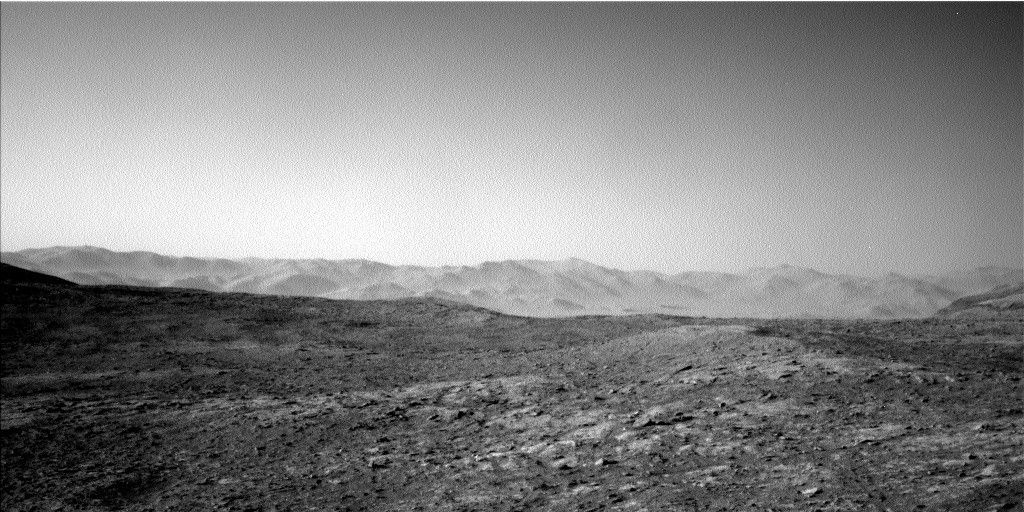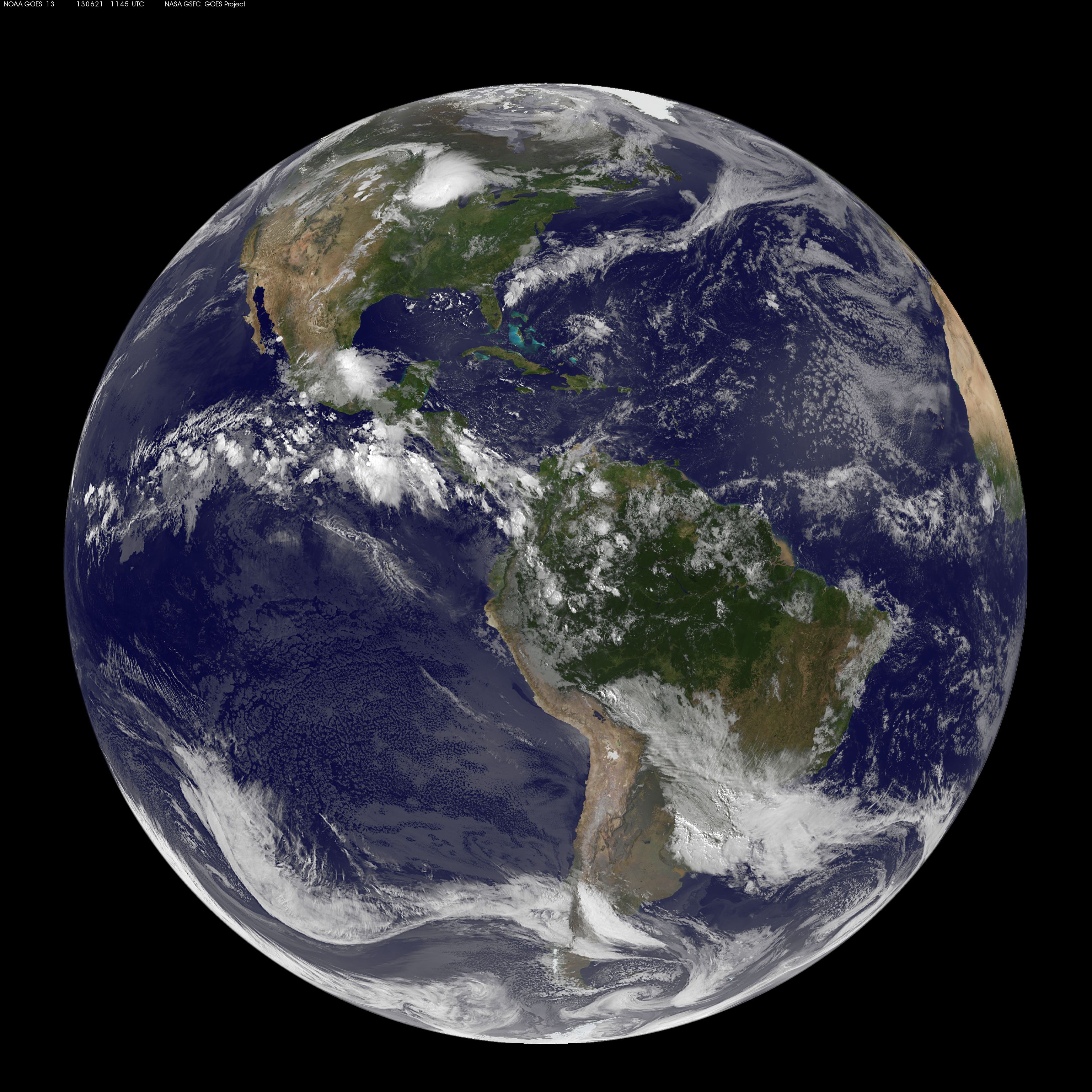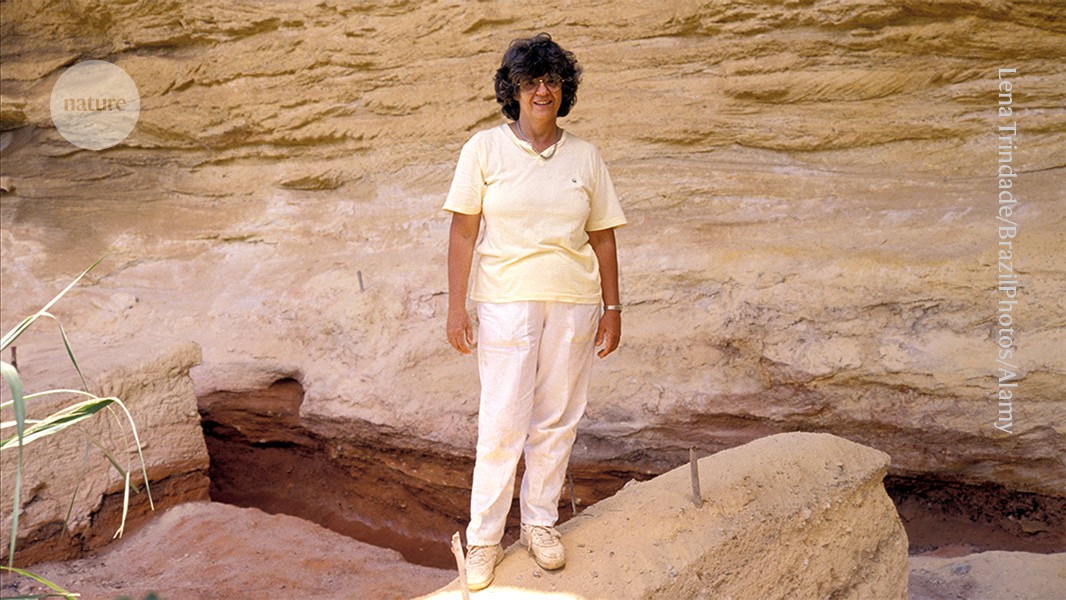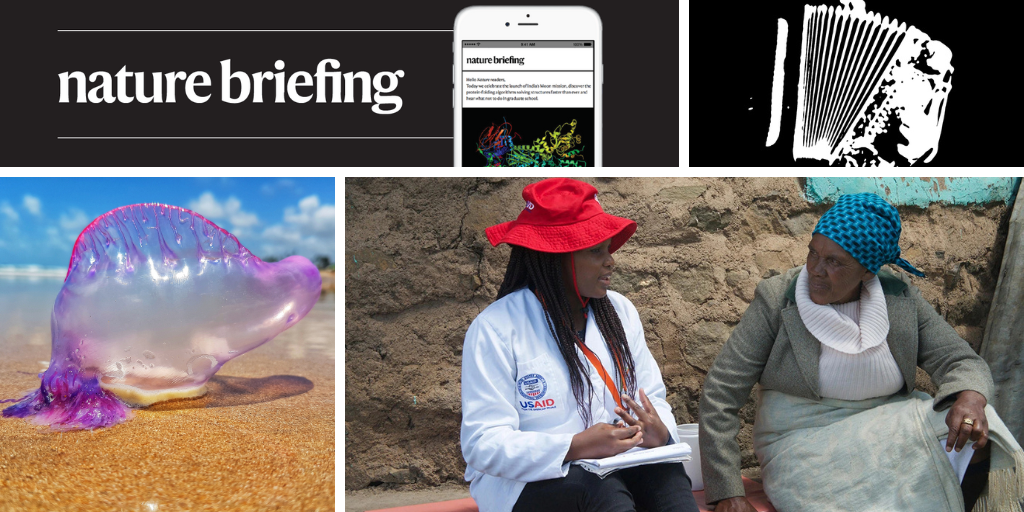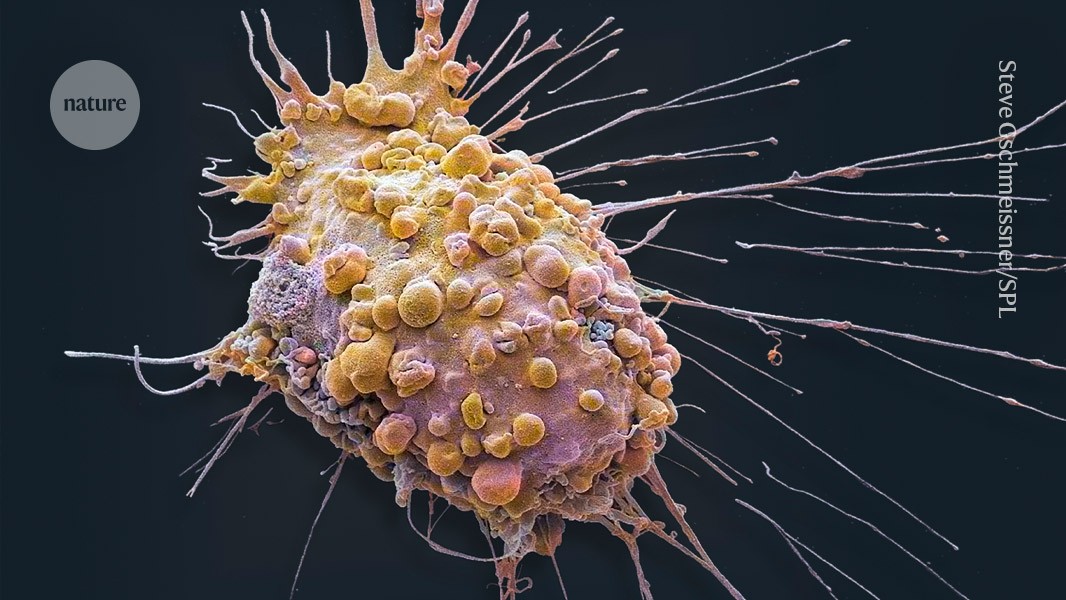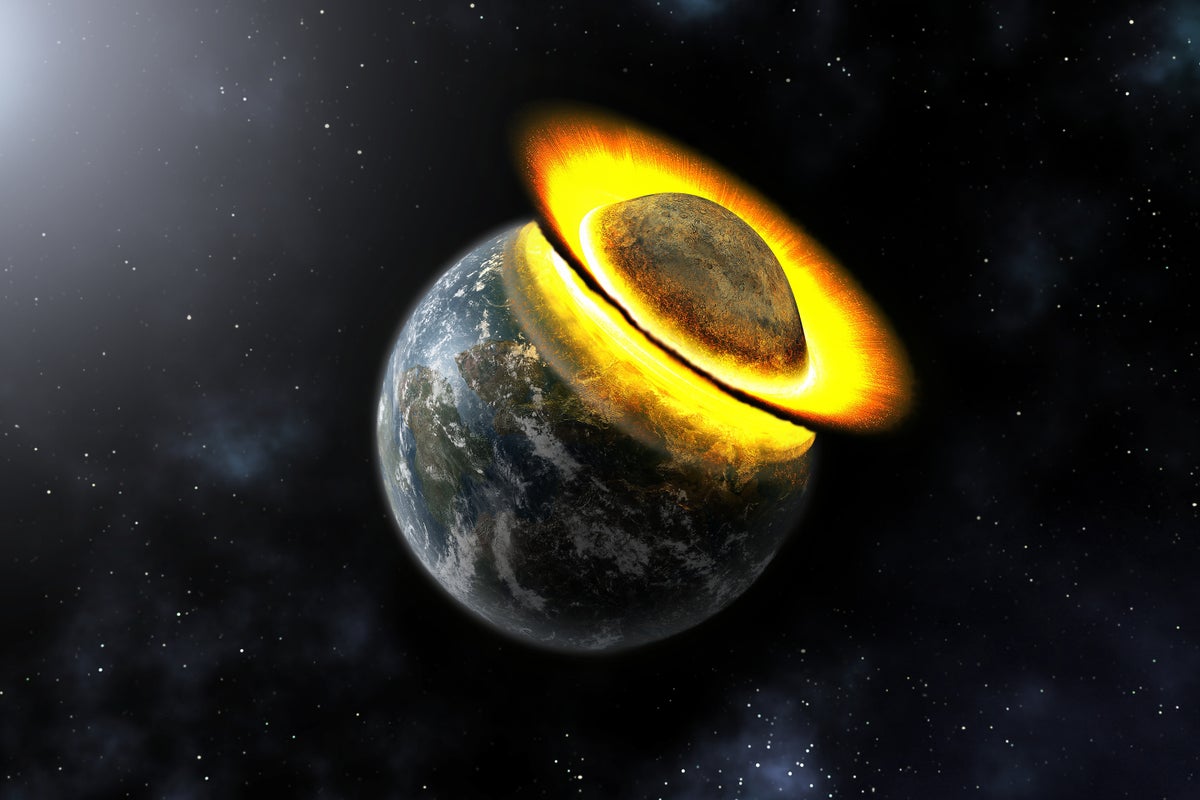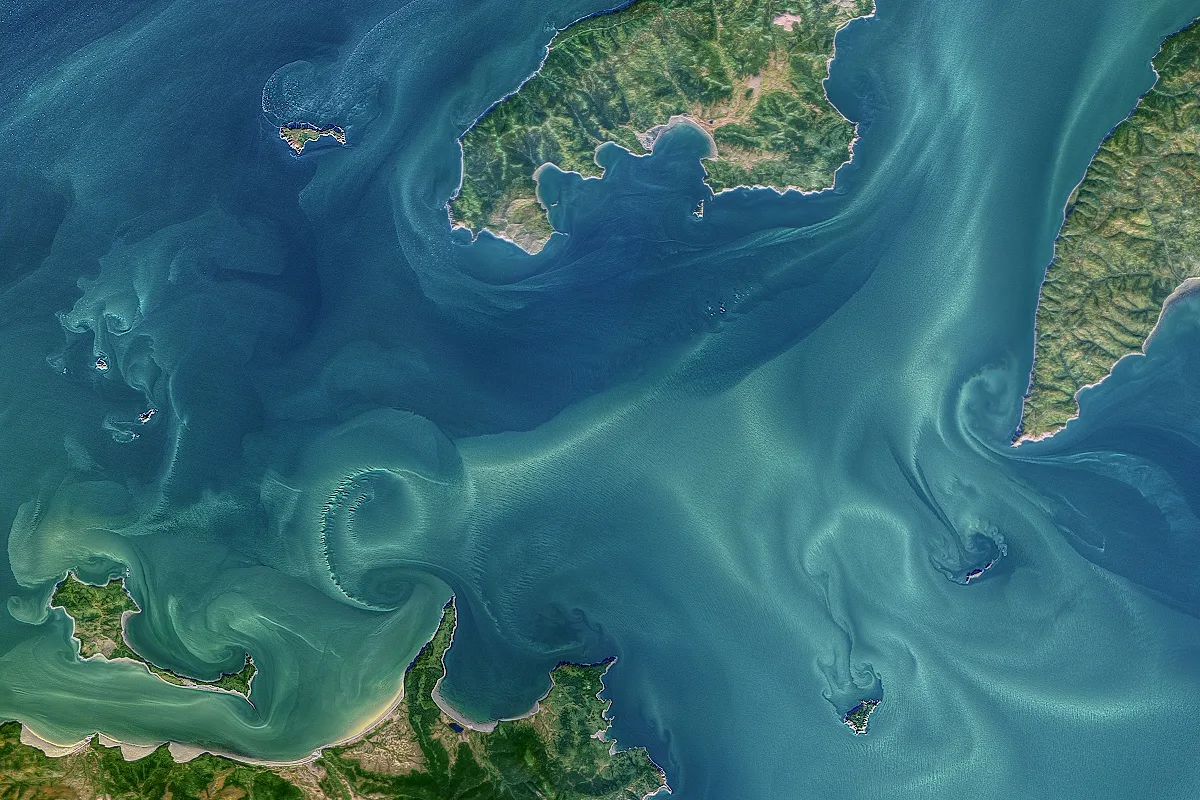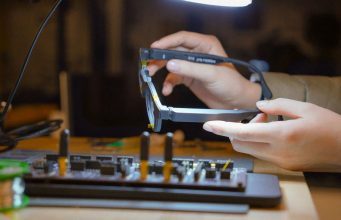Country diary: The hard, heavy work of harvesting seaweed | Kirsteen Bell
Loch Euport, North Uist: Crofters have harvested the slippery stuff here for centuries, now part of a sustainable system. But it’s still back-breaking workGreat olive-brown fankles of knotted wrack (Ascophyllum nodosum) swell up from the stony seabed. The fronds lift on faint ripples, rolling out from the boat bobbing nearby. Alexander, a local crofter, has been out since before low tide, moving laboriously up the shoreline, working the exposed seaweed.Stooped over, he pulls long lengths of bladderwrack up from the water, then slices it with his sickle, leaving the holdfasts rooted to allow regrowth. Each cut handful is tossed into the net strung across the small bay behind. Round and back on repeat, pulling, grabbing, squatting, cutting. This is hard, heavy work. Continue reading...
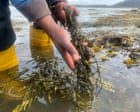
Loch Euport, North Uist: Crofters have harvested the slippery stuff here for centuries, now part of a sustainable system. But it’s still back-breaking work
Great olive-brown fankles of knotted wrack (Ascophyllum nodosum) swell up from the stony seabed. The fronds lift on faint ripples, rolling out from the boat bobbing nearby. Alexander, a local crofter, has been out since before low tide, moving laboriously up the shoreline, working the exposed seaweed.
Stooped over, he pulls long lengths of bladderwrack up from the water, then slices it with his sickle, leaving the holdfasts rooted to allow regrowth. Each cut handful is tossed into the net strung across the small bay behind. Round and back on repeat, pulling, grabbing, squatting, cutting. This is hard, heavy work. Continue reading...


